As nature enthusiasts are converging on Perth to spread the message ‘rewilding is for everyone’, wildlife champion Kate MacRae shares 10 tips for getting involved.
If you recognise Kate’s face it might be because of her appearances on BBC shows including Springwatch, Autumnwatch and Countryfile.
She is among naturalists converging on Perth for The Big Picture Conference on Saturday, billed as ‘Scotland’s rewilding event’.
The event is aimed at getting more people involved in rewilding.
Kate tells us how.
1. Give insects a home
“Insects are all around us and are the building blocks of all living systems,” says Kate.
“Watch them, learn about them, give them nooks and crannies to live in and provide plants full of nectar and pollen. In turn, they’ll attract birds and bats to your space.”
2. Stock up on wood
“Planting native trees and woody shrubs adds diversity to your space.
“Deadwood, in the form of log or brash piles, is great for beetles and fungi, as well as providing shelter for species such as toads and nesting spaces for birds – wrens love brash piles.”
3. Love all plants
“Dandelions, thistles and nettles are crucial for insects such as bees and butterflies. Their seeds provide food for birds.
“Let them grow and train your mind to accept them. There’s no such thing as a weed!”
4. Cut your cutting
“Think of grassy areas not as a lawn but as a meadow full of blooming clovers, daisies and buttercups, buzzing with bees and butterflies.
“Cut a walkway which will also provide a foraging space for blackbirds and thrushes.”
5. Make a splash
“Water is the key to all life and in any form will add biodiversity to your space.
“Creating a pond of any shape or size will almost instantly attract insects and other wildlife.
“It will also lock away carbon, store water and lower temperatures.”
6. Create corridors
“Corridors of connected habitats allow wildlife to move freely.
“Why not talk to your neighbours about making holes in fences to create hedgehog highways, or about replacing fences with hedgerows of blackthorn and hawthorn?
“You could also plant pollinator highways of wildflowers.”
7. Green your spaces
“Could you replace all or some of your paving or decking with something living?
“This will stay cool in hot weather and help prevent flooding after heavy rainfall.
“Perhaps your shed could have a green roof? Or why not create a living wall by planting ivy?”
8. Embrace disorder
“Nature loves complexity and variation. It likes bumps and bends, holes and hollows.
“Relax your garden design, allowing for natural growth, seed heads and a little less formality.
“Be proud of your wilder areas and the benefit they bring to wildlife.”
9. Make some noise
“Talk to family and friends.
“Encourage them to garden with nature in mind.
“Persuade your council to leave uncut verges and make your community more nature-friendly. See if your local school would transform its grounds into a nature-rich landscape.”
10. …and relax!
“Spend time in your wild space as it grows and evolves, and involve children where you can.
“Spending time in nature, even in small doses, is good for mental wellbeing, and learning about nature inspires people to care for it.”
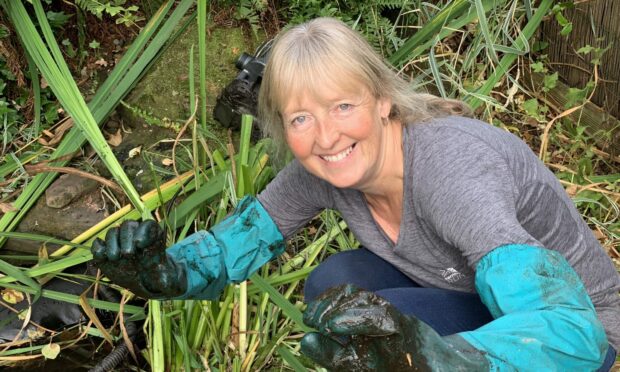



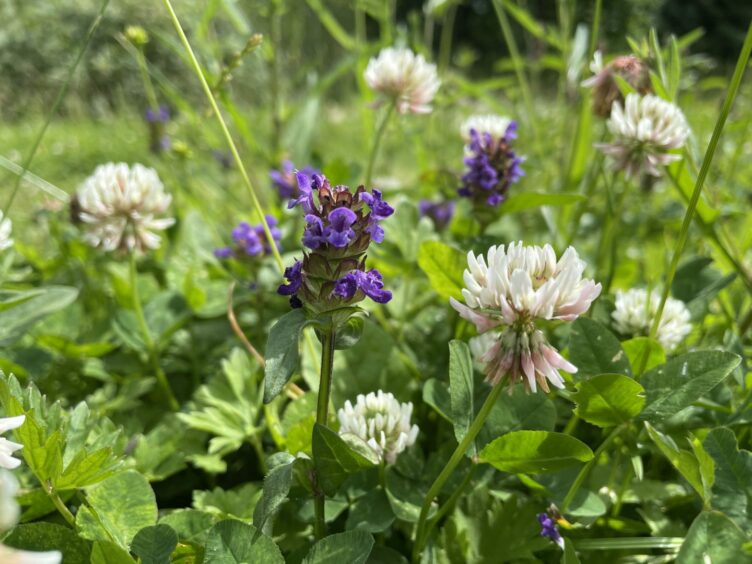
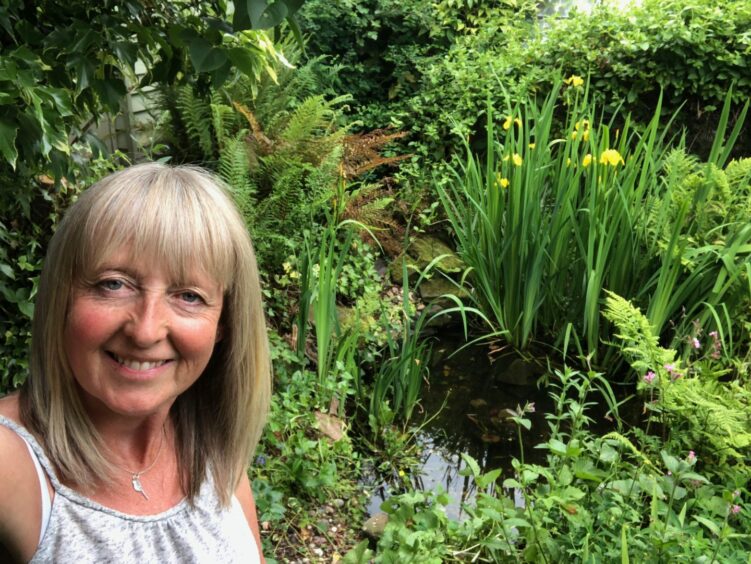
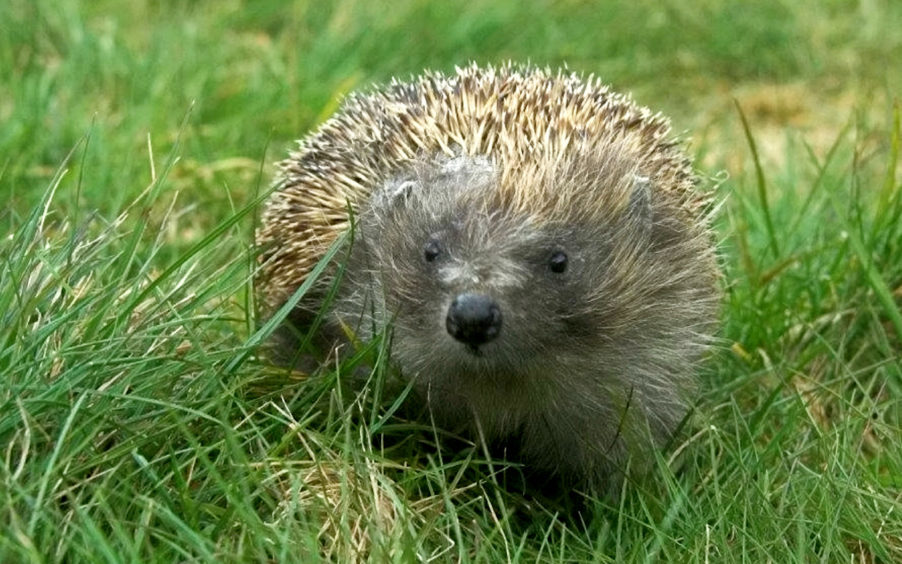
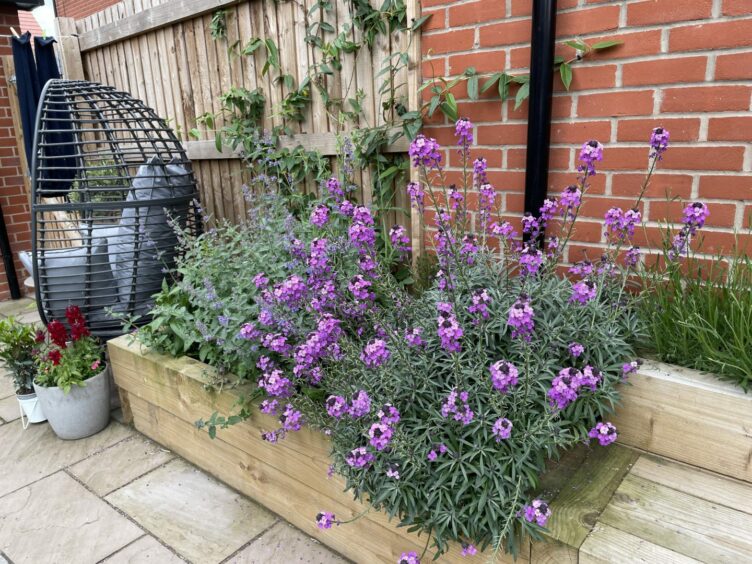
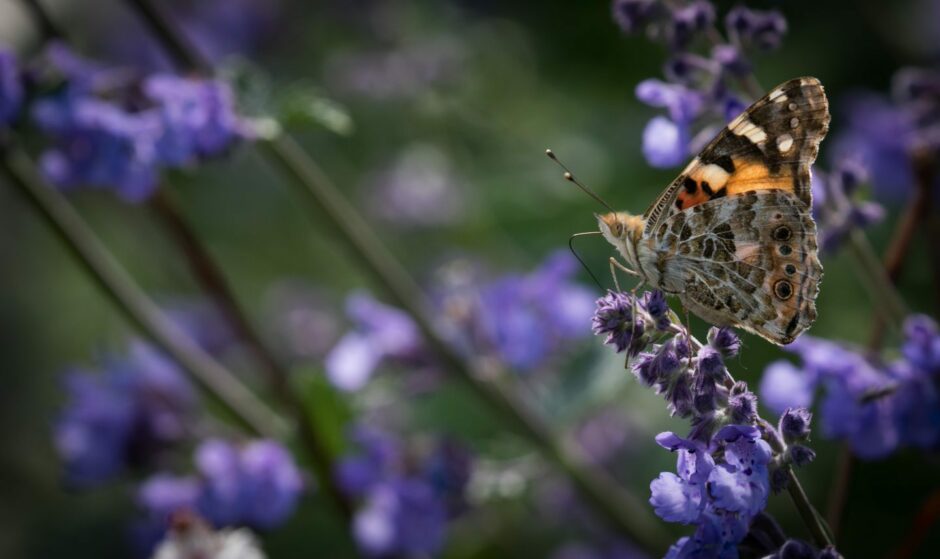
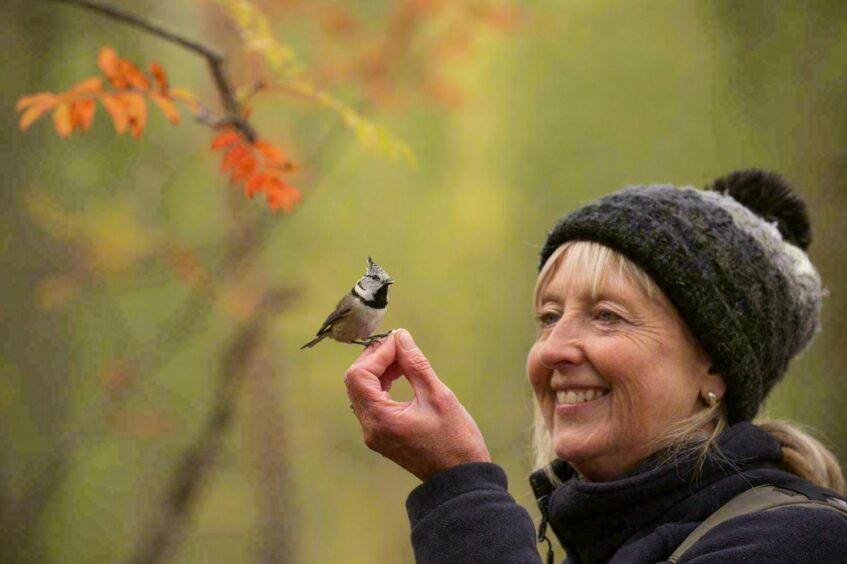
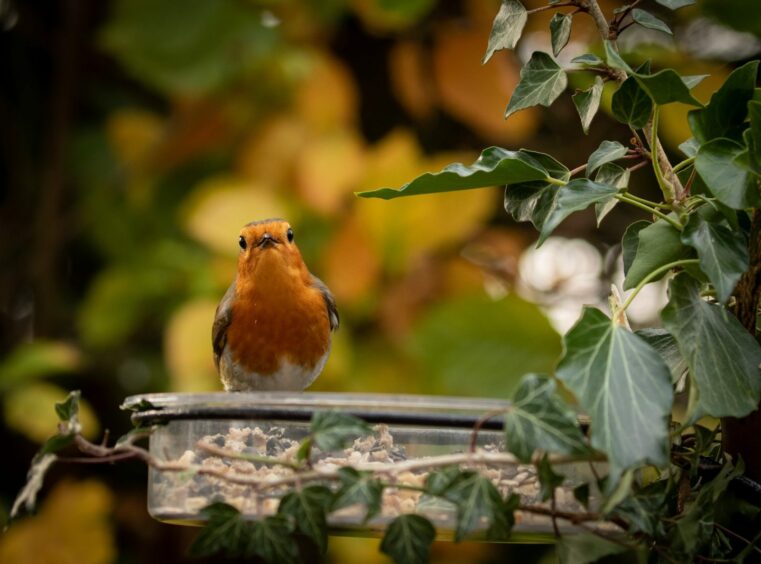










Conversation